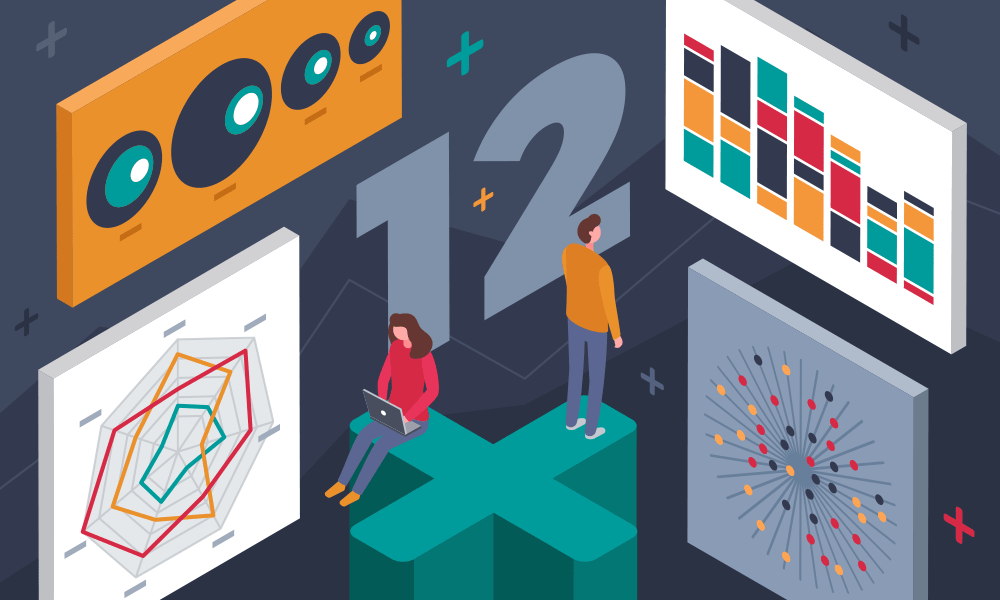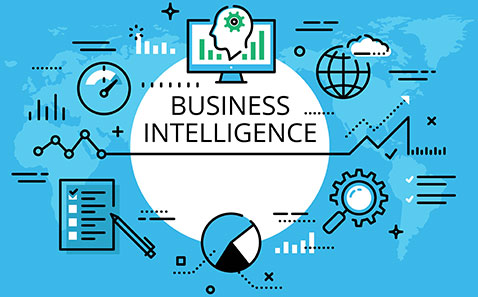Description
Data Visualization Tools are essential software applications that enable users to transform complex datasets into intuitive and interactive visual representations, such as charts, graphs, maps, and dashboards. These tools play a crucial role in data analysis, helping individuals and organizations to understand, interpret, and communicate data insights effectively.
The primary function of data visualization tools is to simplify the interpretation of large volumes of data, making it accessible to users of varying technical backgrounds. By converting raw data into visual formats, these tools facilitate the identification of trends, patterns, correlations, and anomalies that might be difficult to discern through traditional data analysis methods. This visual storytelling aspect is vital for making informed decisions, as it allows stakeholders to grasp critical information quickly and accurately.
Data visualization tools often come equipped with features that enhance user experience and functionality. These may include drag-and-drop interfaces, customizable templates, real-time data updates, and interactive elements such as filters and tooltips. Users can create a variety of visualizations, including bar charts, line graphs, heat maps, scatter plots, and geographic maps, tailoring their visual outputs to suit specific analytical needs or audience preferences.
Integration capabilities are another significant aspect of modern data visualization tools. Many of these applications can connect to various data sources, including databases, spreadsheets, and cloud-based platforms, enabling users to pull real-time data for analysis. This connectivity ensures that visualizations are always up-to-date, allowing for timely insights and decisions.
Collaboration features are also increasingly common, allowing teams to share dashboards and reports quickly. This collaborative approach ensures stakeholders can engage with the data, provide feedback, and contribute to data-driven discussions, fostering a culture of transparency and informed decision-making within organizations.
In the age of big data, the importance of data visualization tools cannot be overstated. They empower businesses to make sense of their data, driving strategic initiatives and optimizing operations. By presenting data visually, organizations can enhance their storytelling capabilities, making insights more relatable and actionable for a diverse audience, from executives to front-line employees.





Abdulwahab –
“The ability to quickly create charts and graphs helped me identify trends I would have otherwise missed. It simplified complex information and allowed me to easily communicate my findings. It’s an invaluable asset for anyone looking to unlock the power of their data.”
Rufus –
“These data visualization tools were a fantastic find! As someone working solo, I was struggling to make sense of my data. These tools allowed me to easily create charts and graphs that revealed patterns I would have completely missed. It’s made understanding and communicating my findings significantly easier and has definitely improved my decision-making process. A great asset for any individual looking to get more from their data.”
Mercy –
“Then I discovered these data visualization tools and it completely transformed my workflow! Now I can create clear, interactive charts and graphs that instantly reveal key insights. It’s empowering me to make smarter decisions and I can finally see the story my data is telling. It’s been an absolute boon for my business.”